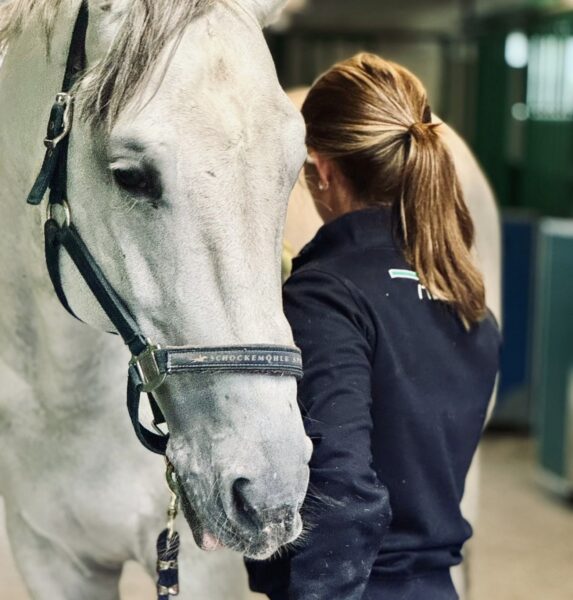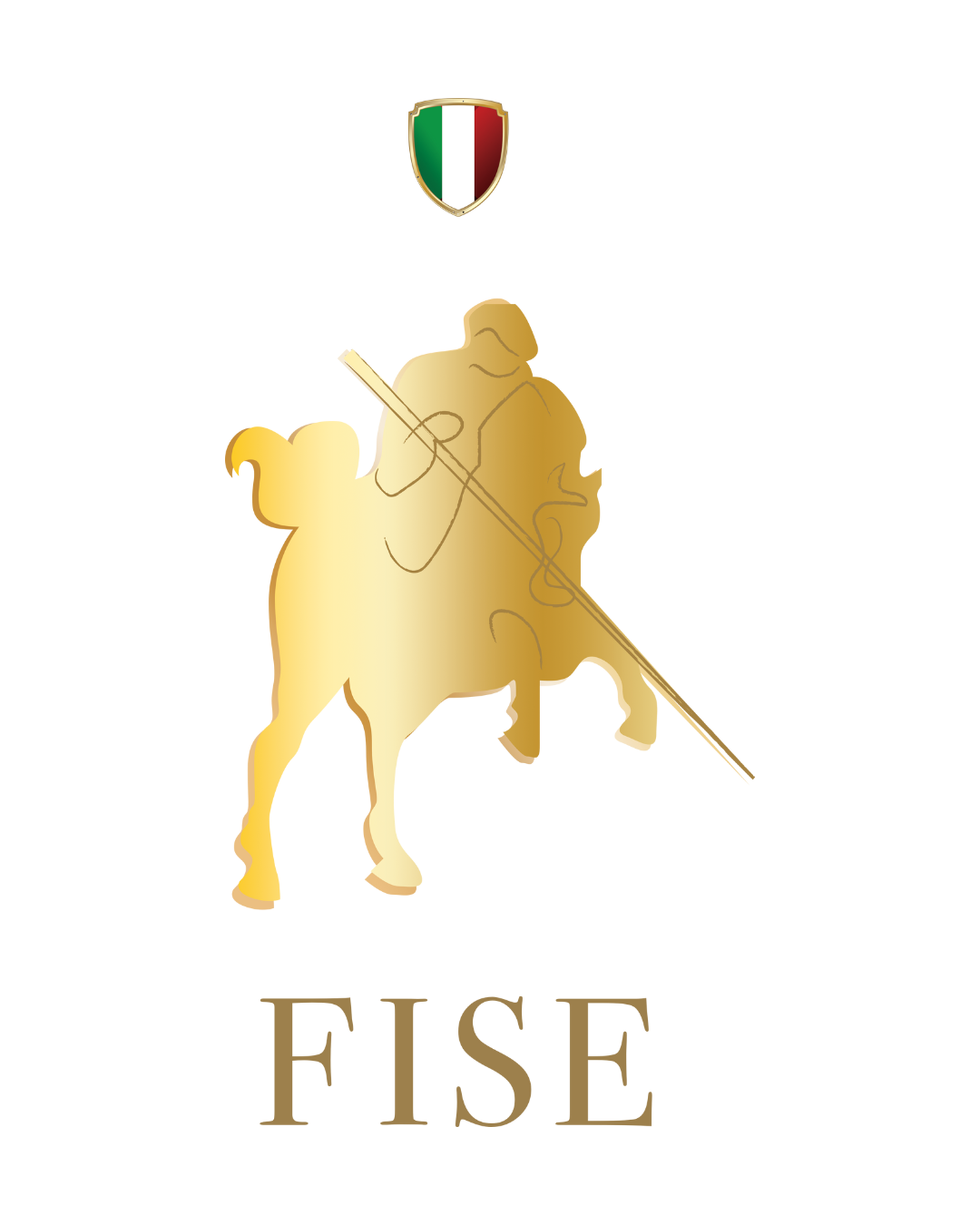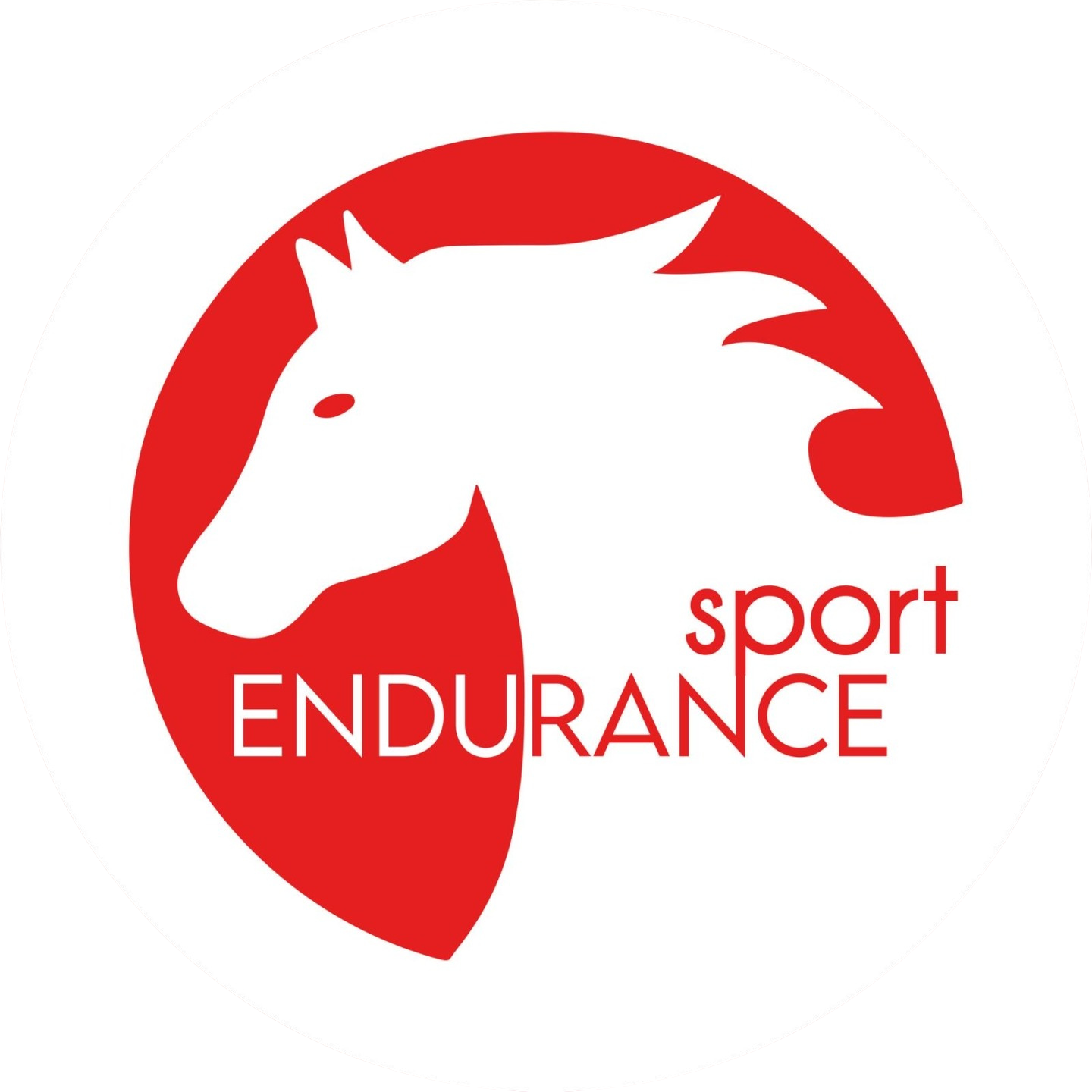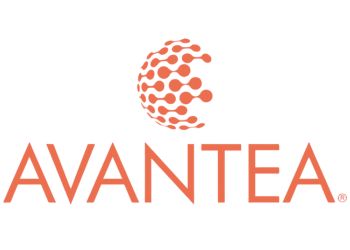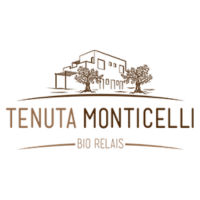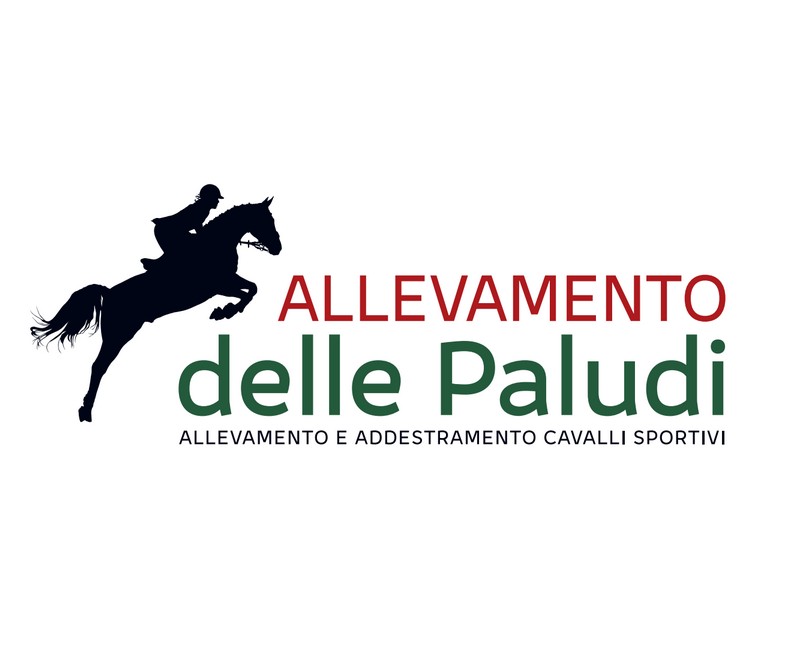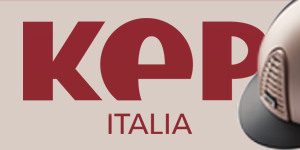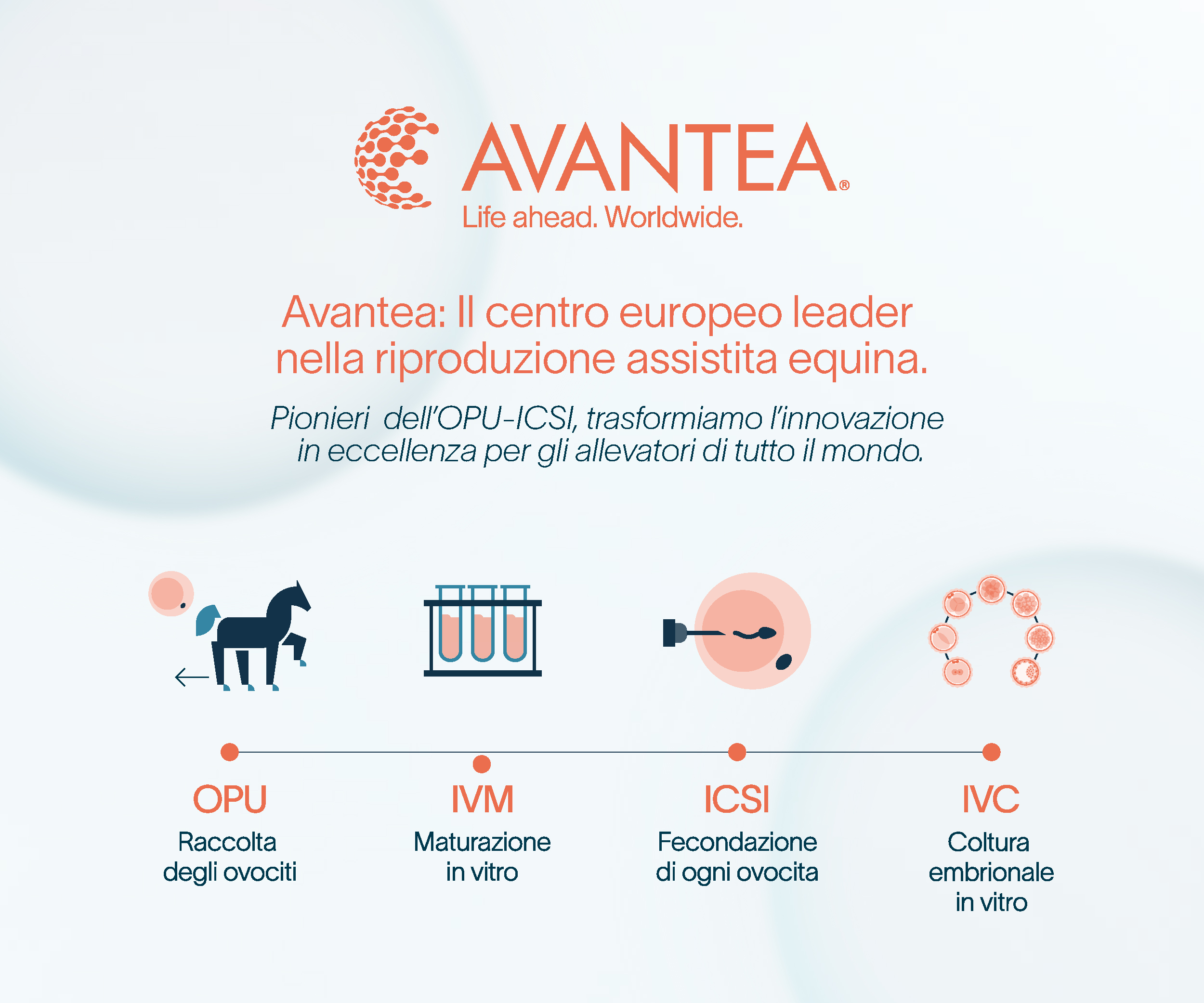
The Equine Neck: Central Regulator of Balance, Movement, and Athletic Performance

The equine neck is so much more than the beautiful curve we admire on the surface. In practice, it acts as a biomechanical lever, a balancing tool, a shock absorber, a neurological highway, and a key tensegrity structure that shapes how the whole horse moves and holds itself. Anyone who works with horses long enough begins to realise just how central the cervical region is to balance, posture, and long-term soundness. Research keeps confirming what we often observe in day-to-day work: the neck is one of the most influential parts of the entire musculoskeletal system.
Anatomically, it’s made up of seven cervical vertebrae, but its role goes far beyond simply carrying the head. The neck continuously adjusts the horse’s centre of gravity—sometimes with movements so small we hardly notice them. It works much like the pole of a tightrope walker, quietly keeping everything else organised. When the horse stretches its neck forward, the stride lengthens and momentum increases; when the neck lifts and collects, the weight shifts towards the hindquarters, allowing true engagement and core activation. Whether we’re talking about a family horse or a high-level athlete, a supple, healthy neck is essential for comfort, performance, and general wellbeing.
Looking at the neck through the lens of biotensegrity gives us an even deeper appreciation for how interconnected it is. Biotensegrity views the body as a balance of continuous tension and compression, which means the neck isn’t just a stack of bones—it’s a dynamic, elastic structure suspended within a network of muscles, fascia, and ligaments. The nuchal ligament, cervical fascia, and deep stabilisers all work together to support the head with minimal effort, while also storing and releasing elastic energy as the horse moves. This elegant system reduces the energy cost of locomotion and helps stabilise the entire spine.
Because the neck acts as such a powerful fascial anchor, its posture directly influences the shoulders, the thorax, and even the lumbar region. Cervical posture never exists in isolation. Studies have shown that specific strengthening of the neck and suboccipital muscles can increase thoracolumbar flexion and improve topline development—confirming what many of us see clinically: when the neck moves well, the back follows. And when it doesn’t, compensations ripple through the entire body.
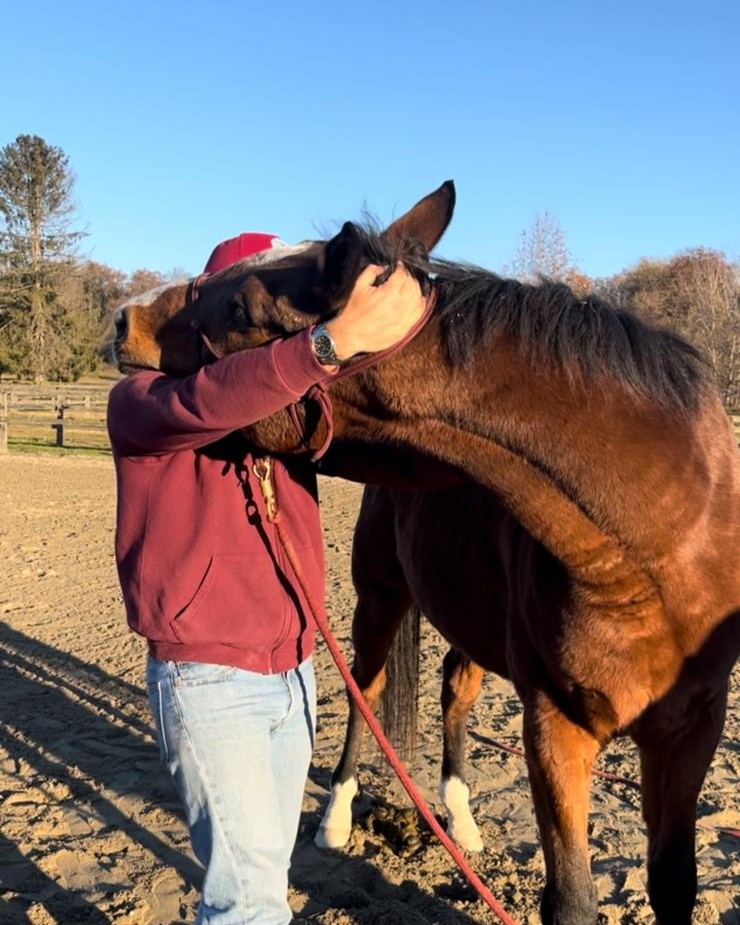
The Neck’s Role in Performance
Every equestrian discipline relies heavily on the neck, although in slightly different ways:
– In dressage, the base of the neck needs to lift and the cervical spine must stay soft for the horse to truly come into self-carriage. Without this, lifting the thoracic sling, engaging the hindquarters, or performing collected work like piaffe or pirouettes becomes extremely difficult.
– Show jumpers depend on the neck for balance and trajectory. Before takeoff, the neck helps organise the centre of mass; over the fence, it guides the bascule; on landing, it stabilises the body. Any stiffness, pain, or weakness in this region increases landing forces, affects technique, and raises the risk of injury.
– Polo horses, on the other hand, need extraordinary lateral mobility and quick rebalancing. Sudden stops, turns, and bursts of acceleration require a neck that can absorb and redirect huge forces while keeping the rest of the body stable.
Across all disciplines—no matter how different—the same principle holds true: if the neck lacks freedom, strength, or suppleness, performance suffers.
When Things Go Wrong
Because the neck is so deeply involved in movement, it is also highly vulnerable. Muscular tension, repetitive strain, training errors, asymmetry, or underlying joint pathology can all compromise cervical function. And when that happens, the effects spread quickly.
In a tensegrity system, the moment one part becomes restricted, other regions compensate. A stiff or painful neck can reduce wither lift, alter shoulder freedom, affect hindlimb engagement, and disrupt the horse’s ability to coordinate its movements. These horses often develop patterns that look like hindlimb weakness, sacroiliac issues, or back pain—but the true origin is frequently higher up in the cervical spine.
Training methods also matter. Techniques involving extreme positioning, such as hyperflexion, are known to alter natural movement patterns and can even affect respiration. How we use the neck directly influences the horse’s welfare and long-term soundness.
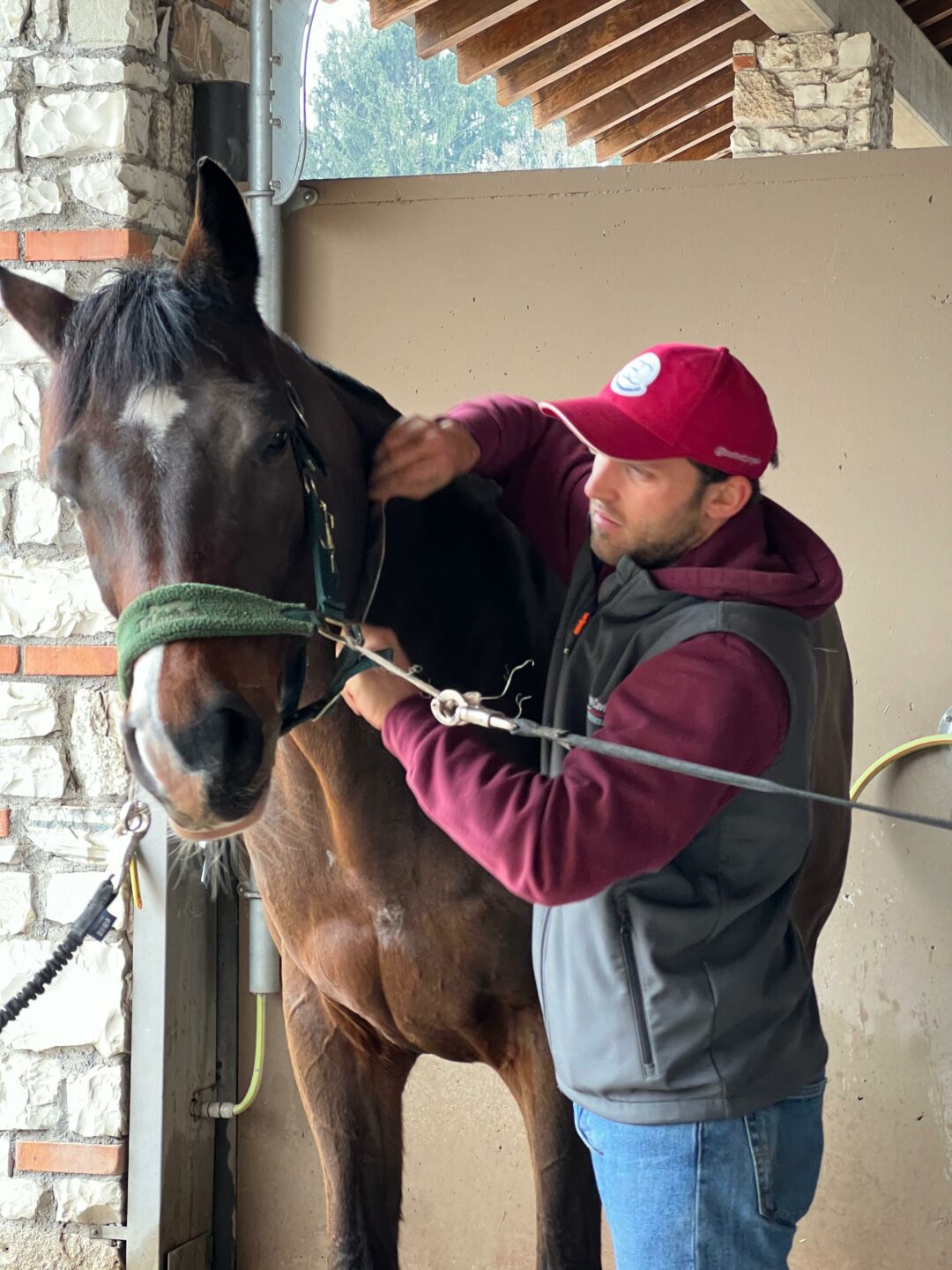
Why Proactive, Integrated Care Matters
All of this highlights why maintaining full, comfortable cervical mobility is essential. A horse cannot stabilise its trunk, use its shoulders freely, or respond accurately to the rider if its neck cannot move properly. Over time, limited cervical motion leads to compensatory muscle development, reduced elasticity, chronic stiffness, and an increased risk of injury.
Maintaining the neck’s health requires a combination of medical diagnosis and functional rehabilitation.
The veterinarian’s role is crucial for identifying deeper structural problems—such as facet joint osteoarthritis, nuchal ligament issues, foraminal narrowing, or more serious conditions like Cervical Vertebral Stenotic Myelopathy (CVSM), also known as Equine Wobbler Syndrome. Ensuring there is no underlying pathology is always the first step.
Once structural concerns are ruled out or managed, physiotherapy and osteopathy become central. Manual therapy helps restore passive range of motion, reduce chronic hypertonicity, and improve fascial mobility. Therapeutic exercise then builds dynamic strength and neuromuscular stability. Evidence-based exercises like carefully targeted carrot stretches, pole work, and controlled underwater treadmill sessions all support healthier posture and improved movement patterns.
By keeping the neck flexible, strong, and pain-free, we support the entire body. This isn’t just about enhancing performance—it’s about preventing injury and protecting the horse’s long-term welfare.
In conclusion it can be said that across all breeds and disciplines, one message remains consistent: a healthy, mobile, and well-developed neck is essential for soundness and performance. Whether we look at it through biomechanics or biotensegrity, the cervical region stands out as one of the most influential structures in the horse’s body. Supporting it through thoughtful training, good management, and regular physiotherapeutic or osteopathic care isn’t optional—it’s an essential part of maintaining a happy, comfortable, and capable horse.
Bartolomeo Cavina
Reference List
McGowan, C. M., Stubbs, N. C. and Jull, G. A. (2007) Equine physiotherapy: a comparative view of the science underlying the profession. EQUINE VETERINARY JOURNAL, 39 (1), pp. 90-94. doi:10.2746/042516407X163245
Sleutjens, J (2013) The effect of the head and neck position on the equine athlete. Ridderprint B.V., Ridderkerk, the Netherlands
Zsoldos, R.R. & Licka, T.F. (2015) The equine neck and its function during movement and locomotion. Zoology, 118, pp. 1–12. doi.org/10.1016/j.zool.2015.03.005
Shakeshaft, A. and Tabor, G. (2020) The Effect of a Physiotherapy Intervention
on Thoracolumbar Posture in Horses. Animals, 10,
Story, M.R., Haussler, K.K., Nout-Lomas, Y.S., Aboellail, T.A., Kawcak, C.E., Barrett, M.F., Frisbie, D.D. & McIlwraith, C.W. (2021) Equine cervical pain and dysfunction: Pathology, diagnosis and treatment. Animals, 11(2), 422. doi.org/10.3390/ani11020422
© Rights Reserved.





.png)


